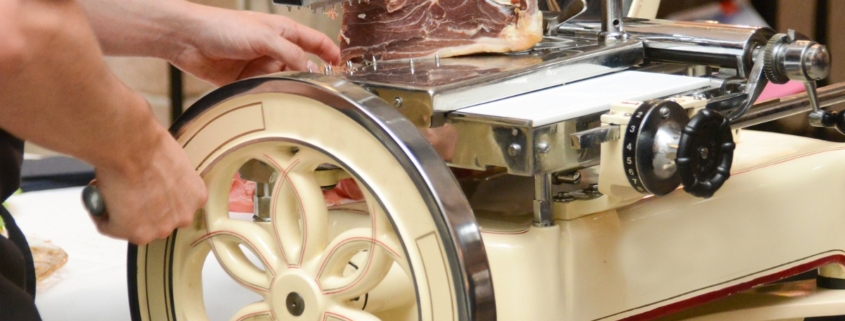History and evolution of meat and fish cutting machinery
The history of meat and fish cutting machinery is a fascinating journey of innovation and technological evolution. From its beginnings, when meat was cut with manual tools like rudimentary knives and axes, to today’s sophisticated automated machines, each advancement has responded to the need to improve precision, efficiency, and safety in food preparation.
In the early days, butchers and fishmongers relied entirely on their manual skill to make precise cuts. This required great skill and experience, as working with knives presented a high risk and was a physically demanding process. However, with the development of the industrial revolution, the first cutting machines began to appear, making the work easier and more standardized. The introduction of band saws, for example, allowed large bone-in cuts of meat to be processed more quickly and safely, reducing manual effort and increasing productivity.
Over time, cutting machinery evolved to include specific meat slicers and fish filleting machines, designed to provide exact thickness cuts. These machines became essential tools in butcher shops and fish markets, where uniformity and presentation are key aspects. In recent decades, the incorporation of digital technology and automation has revolutionized the industry. Today, there are machines that not only cut with millimeter precision but can also be programmed for different types of cuts and speeds, significantly enhancing safety and efficiency.
The evolution of cutting machinery continues, with innovations aimed at further reducing risks and optimizing the use of each piece of meat or fish. Thanks to these advancements, industry professionals can offer higher quality products and make the most out of every resource.



